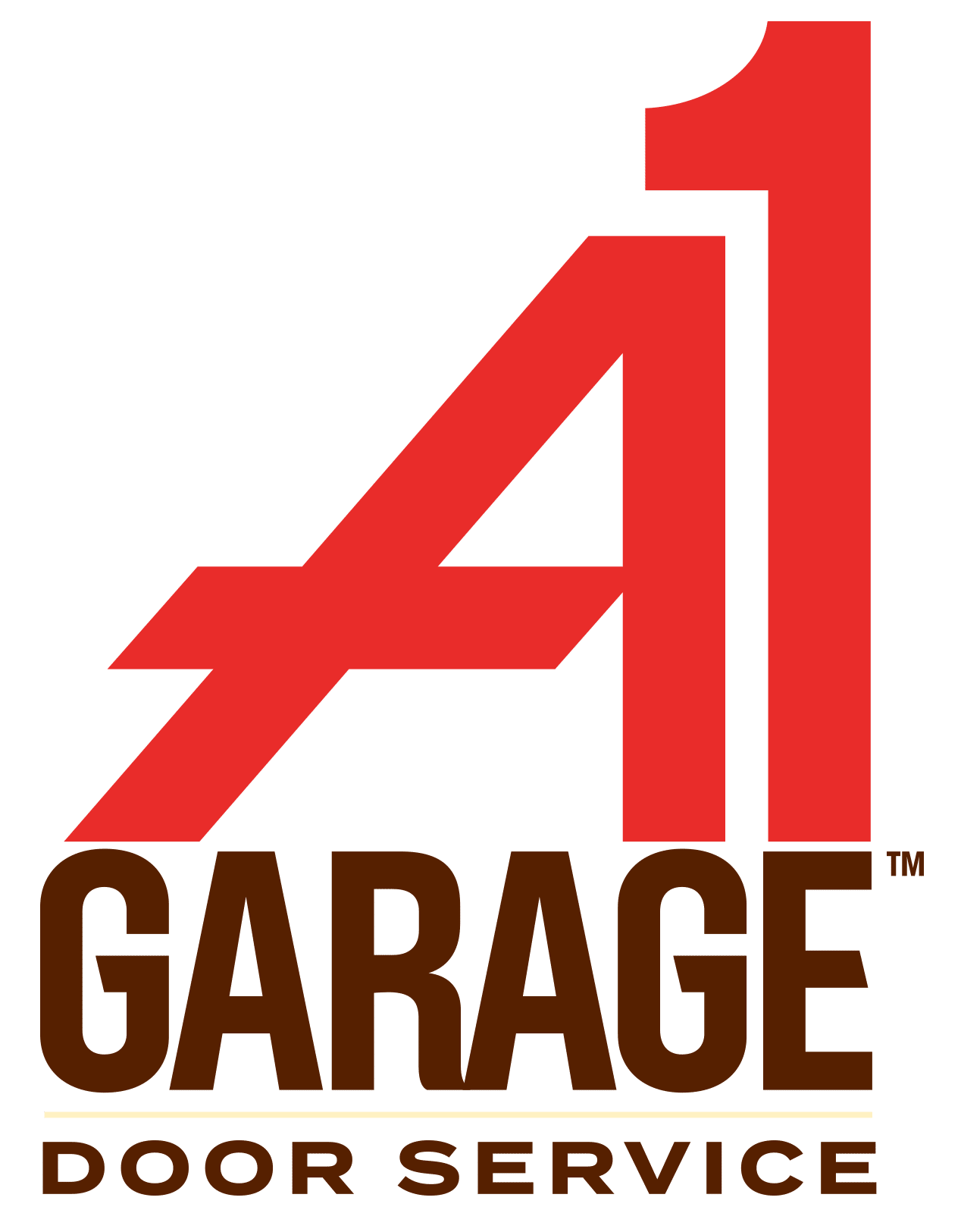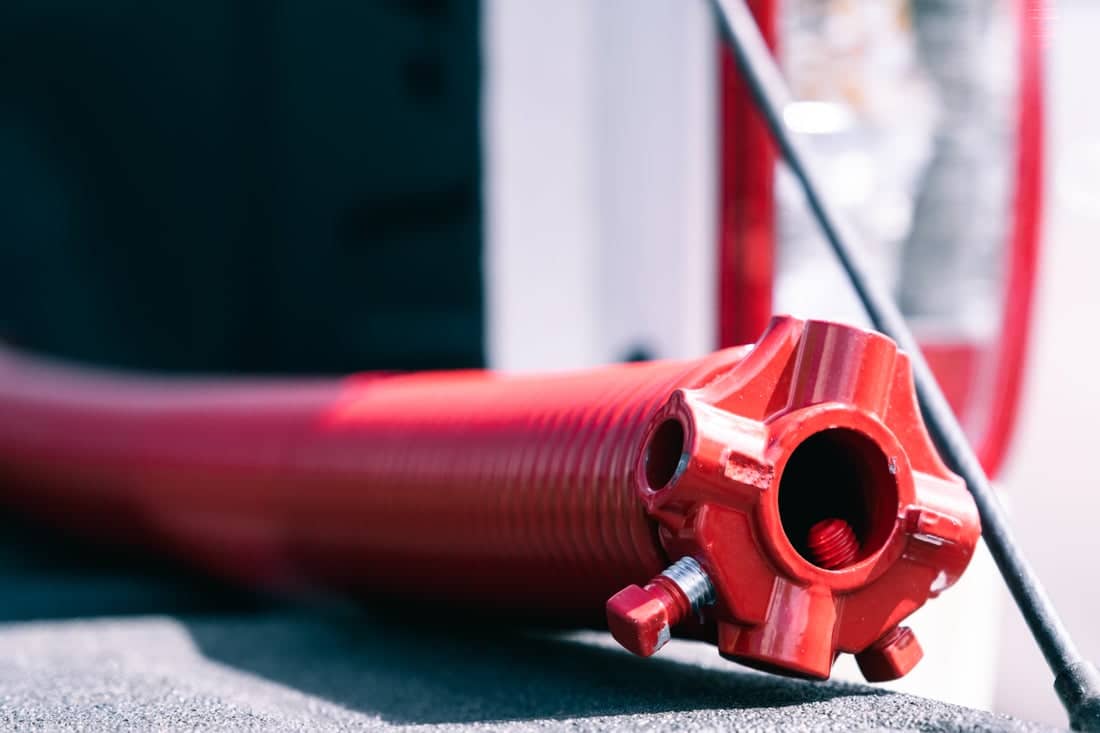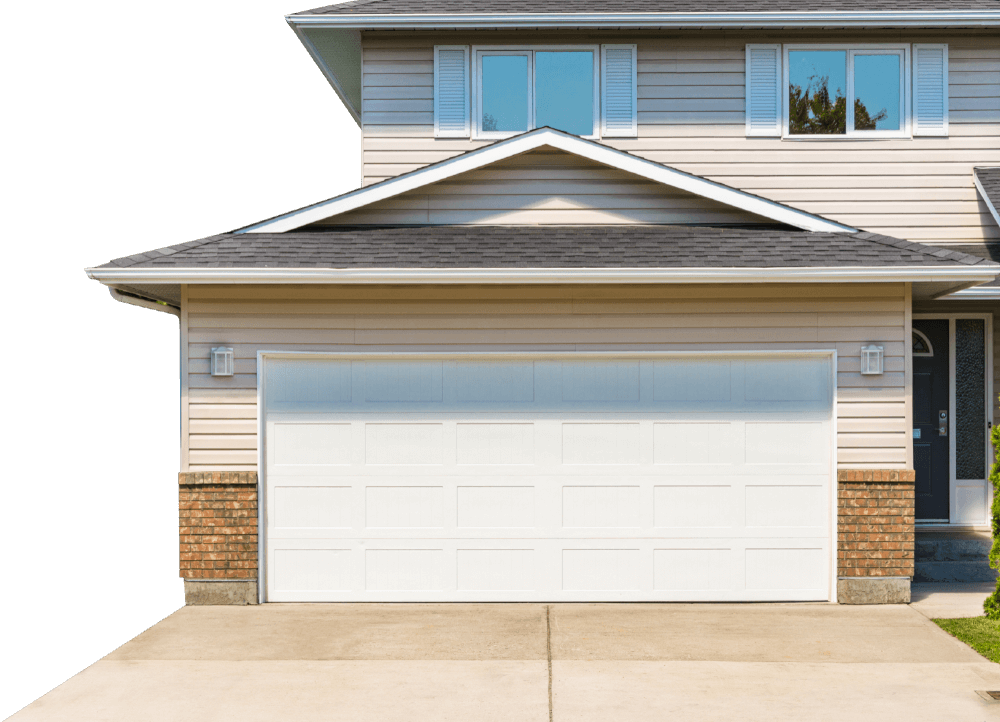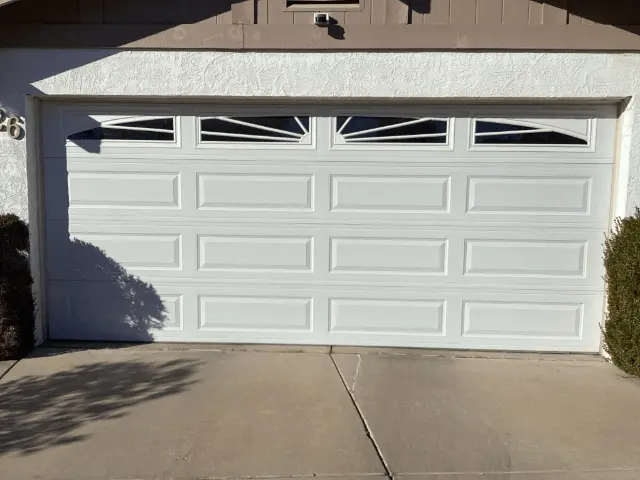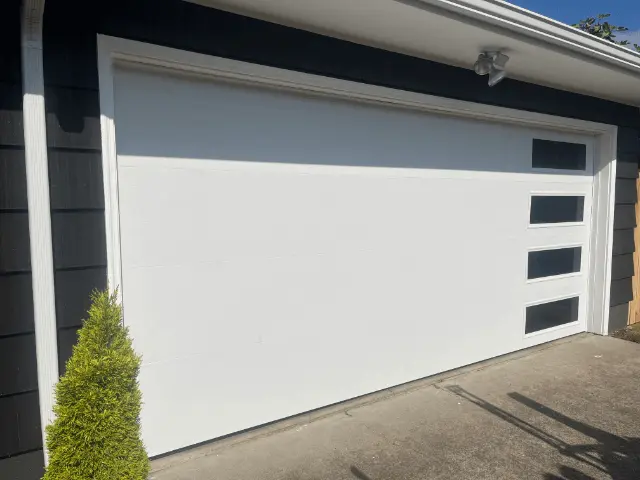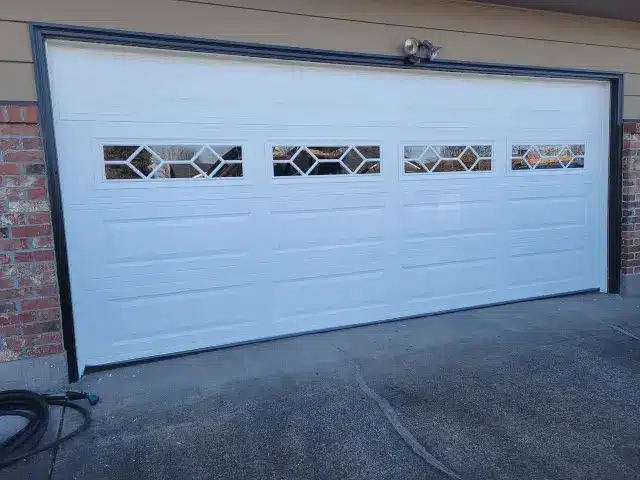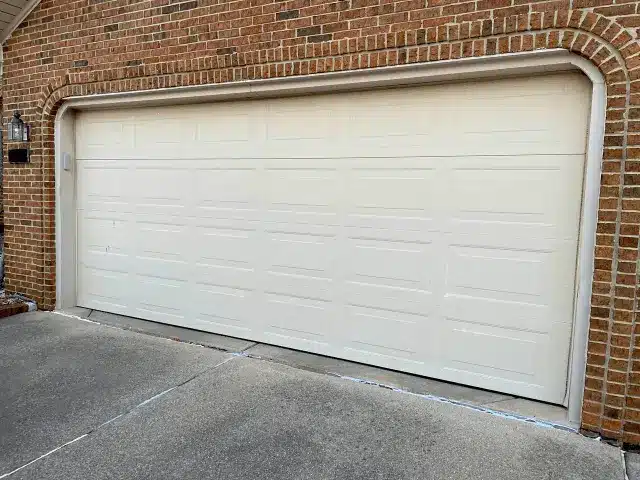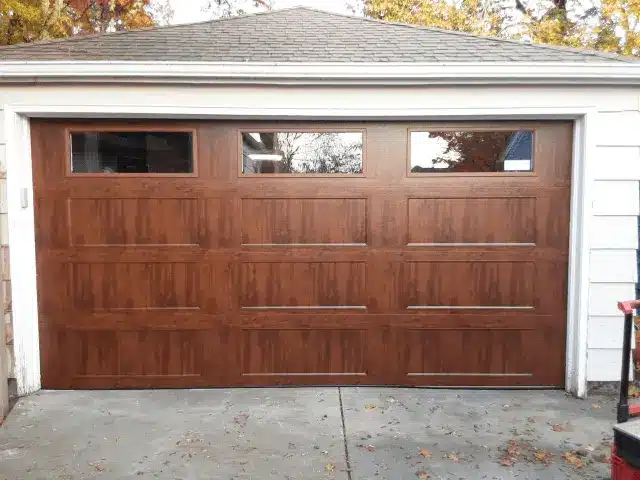Get LIFETIME Guarantees With A1 Garage Door Service!
We give our customers the best value for their money! A1 springs are durable torsion springs that come with LIFETIME warranties. Expect the warranty to cover all the labor fees for adjusting or replacing the door springs. We have a team of fully qualified and expertly trained technicians who can handle your broken garage door springs safely. Rest easy knowing that we’re equipped to resolve any broken spring issue.
Expand sections below to learn more about springs
Common Signs You Need Garage Door Spring Repair or Replacement

Most of the time, you’ll only know that its springs are damaged when the door stops operating. Here are some other common signs to look out for broken garage door springs:
- You’ll hear a loud noise as unwinding springs can cause a loud crashing sound (even if the door hasn’t fallen)
- You’ll see a gap in the spring indicating they are broken as they need to be connected from end to end and tightly wound with no gaps.
- You’ll notice a bend at the top of the door at the panel. This is a tell-tale sign that the spring on your door is already broken.
- The garage door will fall quickly as it no longer has a counterbalance for the gravity’s pull on the panels.
- The door will be crooked when it moves up and down the track. Although the door opens, it won’t be even.
- The cable will be loose amongst other issues with broken springs. When you look at the ceiling, you may notice hanging slack cables.
Top Causes of Broken Garage Door Springs
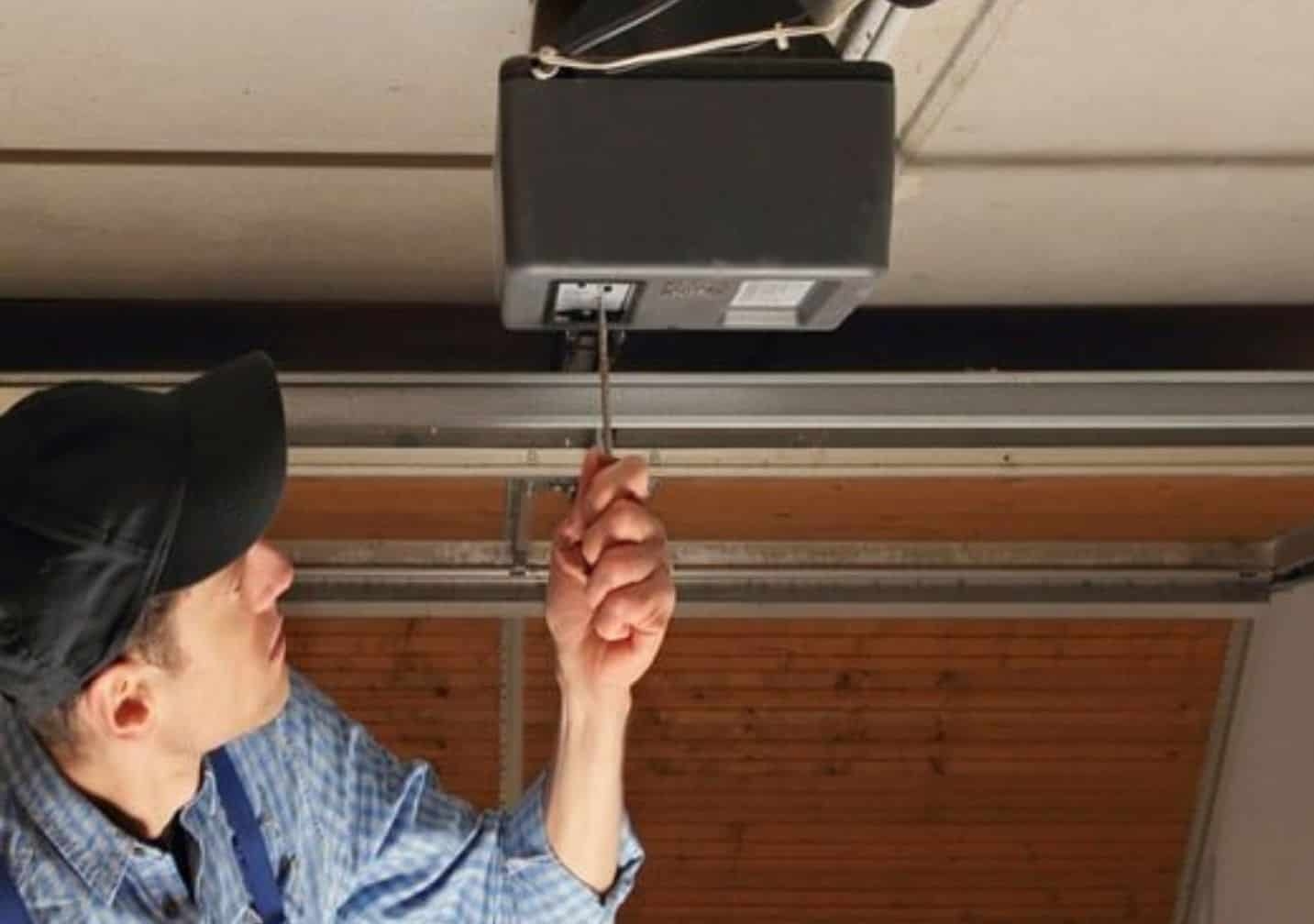
There are several reasons why garage door springs eventually break. Here are some of them:
- Rust: This results in reduced lifetime, inefficient operation, and eventually broken springs.
- Daily Wear and Tear: The common lifespan of most garage door springs is about 10,000 cycles.
- Lack of Proper Maintenance: Garage door springs are not engineered to last forever, but proper maintenance will prolong their lifespan.
With A1 Garage Door Service’s regular garage door tune-up and inspection, you can ensure that your garage door springs remain in good condition. We lubricate the spring a few times a year and check the entire system’s balance at least once every season.
Types of Garage Door Springs
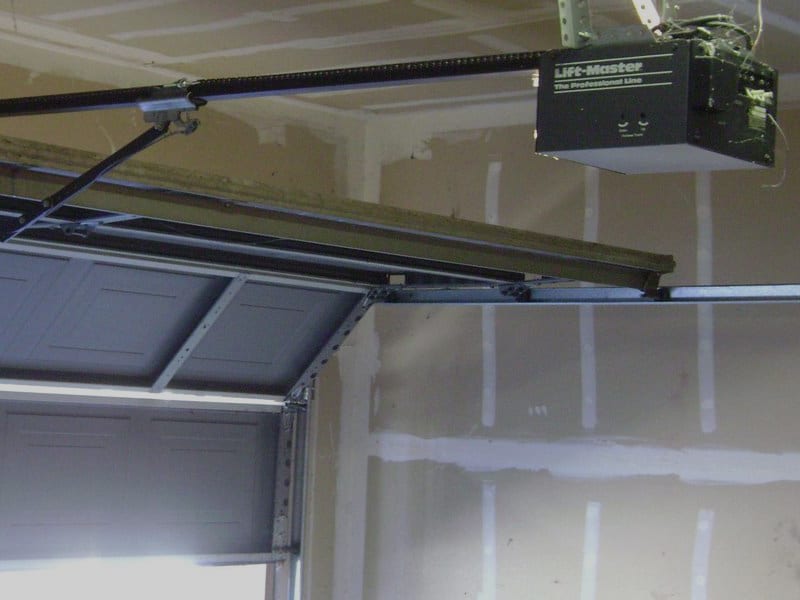
Garage door springs are crucial for operation and come in two types, each with distinct characteristics:
- Torsion Springs: They twist to operate and are usually mounted above the door, preferred in newer garage doors for their efficiency and safety.
- Extension Springs: These expand and compress, located along the upper tracks on both sides of the door, more common in older garage doors but often replaced with torsion springs for better performance.

Common Signs You Need Garage Door Spring Repair or Replacement
Most of the time, you’ll only know that its springs are damaged when the door stops operating. Here are some other common signs to look out for broken garage door springs:
- You’ll hear a loud noise as unwinding springs can cause a loud crashing sound (even if the door hasn’t fallen)
- You’ll see a gap in the spring indicating they are broken as they need to be connected from end to end and tightly wound with no gaps.
- You’ll notice a bend at the top of the door at the panel. This is a tell-tale sign that the spring on your door is already broken.
- The garage door will fall quickly as it no longer has a counterbalance for the gravity’s pull on the panels.
- The door will be crooked when it moves up and down the track. Although the door opens, it won’t be even.
- The cable will be loose amongst other issues with broken springs. When you look at the ceiling, you may notice hanging slack cables.

Top Causes of Broken Garage Door Springs
There are several reasons why garage door springs eventually break. Here are some of them:
- Rust: This results in reduced lifetime, inefficient operation, and eventually broken springs.
- Daily Wear and Tear: The common lifespan of most garage door springs is about 10,000 cycles.
- Lack of Proper Maintenance: Garage door springs are not engineered to last forever, but proper maintenance will prolong their lifespan.
With A1 Garage Door Service’s regular garage door tune-up and inspection, you can ensure that your garage door springs remain in good condition. We lubricate the spring a few times a year and check the entire system’s balance at least once every season.

Types of Garage Door Springs
Garage door springs are crucial for operation and come in two types, each with distinct characteristics:
- Torsion Springs: They twist to operate and are usually mounted above the door, preferred in newer garage doors for their efficiency and safety.
- Extension Springs: These expand and compress, located along the upper tracks on both sides of the door, more common in older garage doors but often replaced with torsion springs for better performance.

